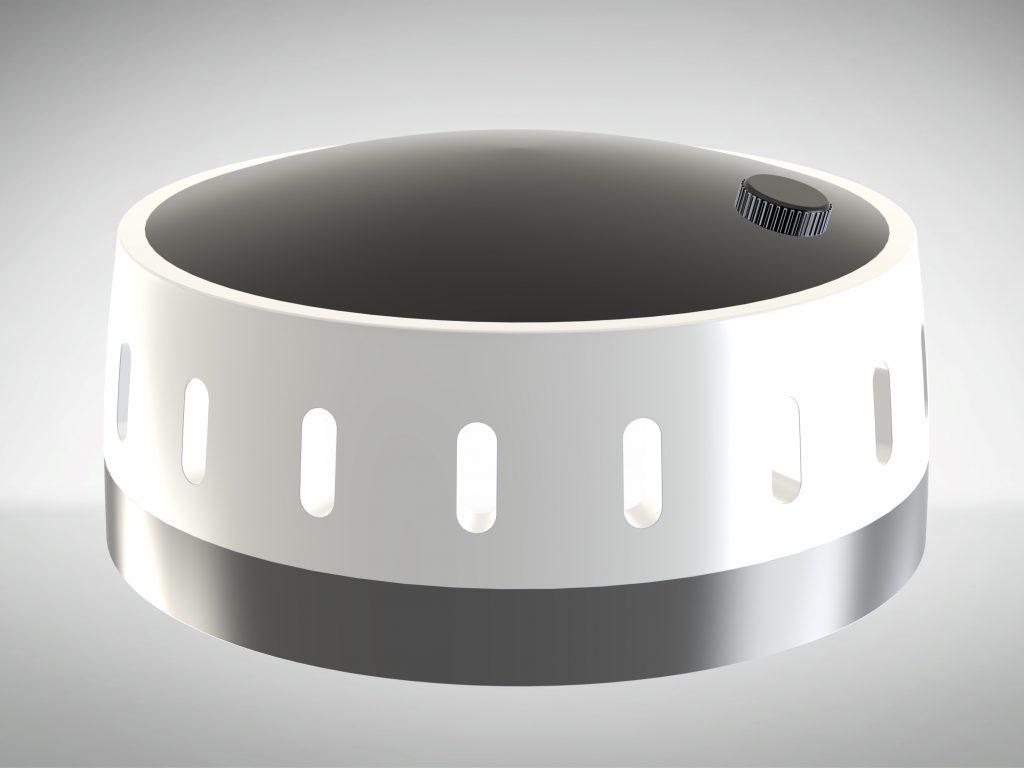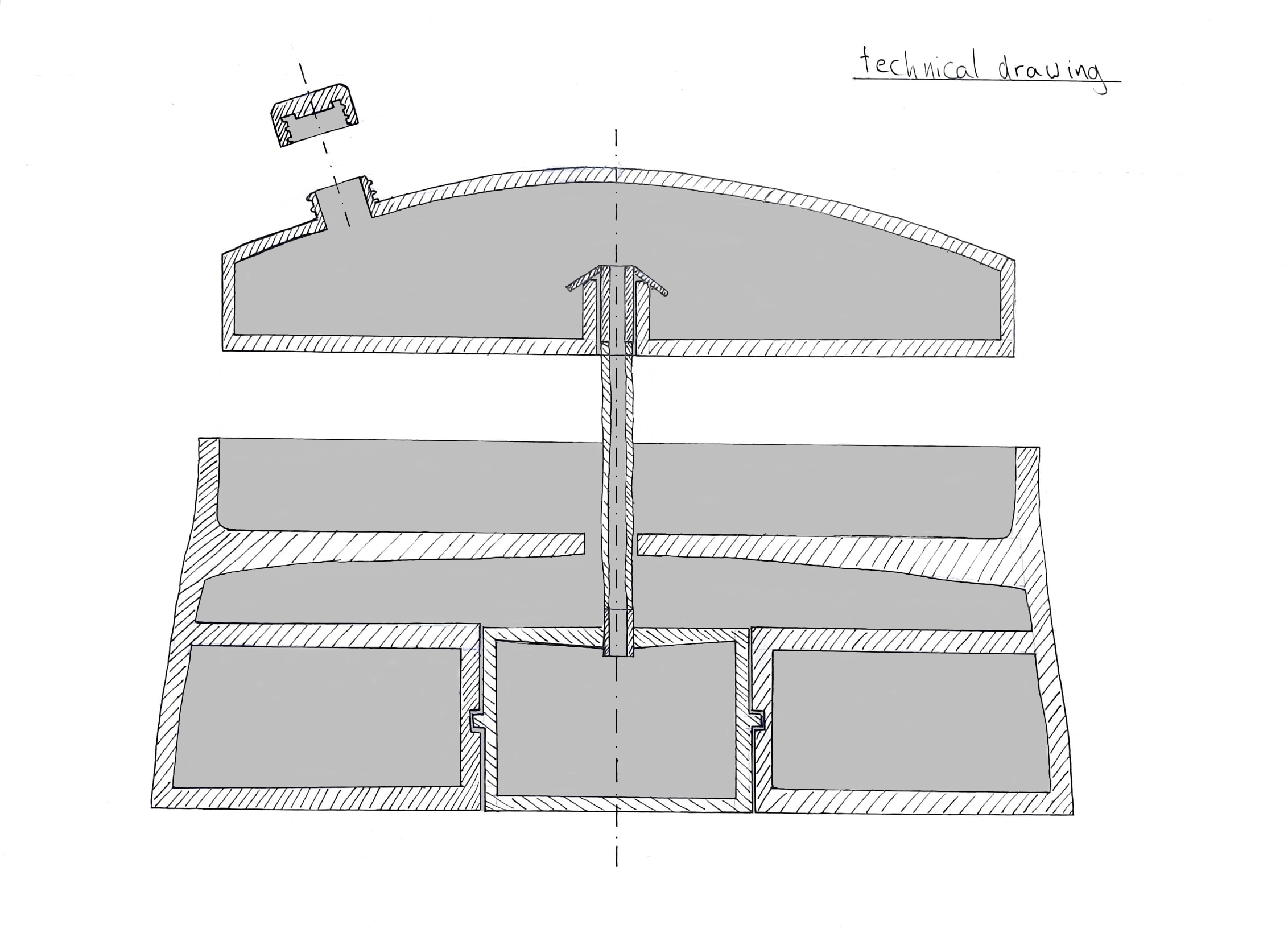Our product
Refugees have to stand in line all day to get drinking, or sanitation water. A large proportion of the transmission of COVID-19 takes place in those queues. The shortage of clean water therefore impacts the spread of the virus. When looking at camp Moria’s surroundings, it becomes apparent that the refugee camp is close to the sea, so there is an abundance of seawater. However, seawater is not drinkable. That is where our solution comes in.
By distilling sea water with solar energy, clean water is produced in a free and sustainable way. We are making use of some very abundant resources: the sea and the sun. In the morning the seawater storage tank on the top is filled with seawater. Then the watertight cap gets screwed on extra tight, after which Solar Still is ready. Solar Still then stands in the sun, and after 24 hours the clean drinking water can be collected from the storage container, which is locked by a key in possession of the owner of Solar Still.
By providing efficient and easy to use seawater distillation systems, we reduce the need for queuing, hence lowering the transmission rate of COVID-19 in Camp Moria.













































































